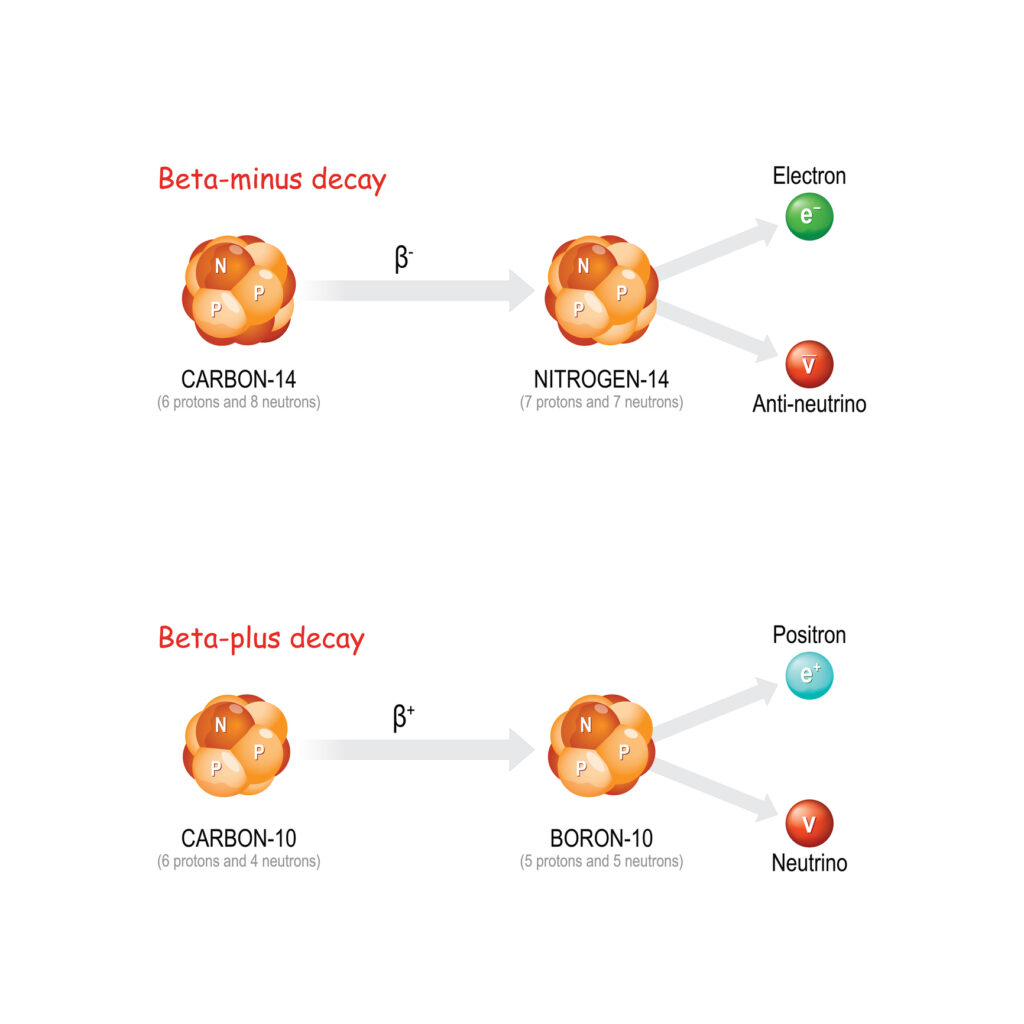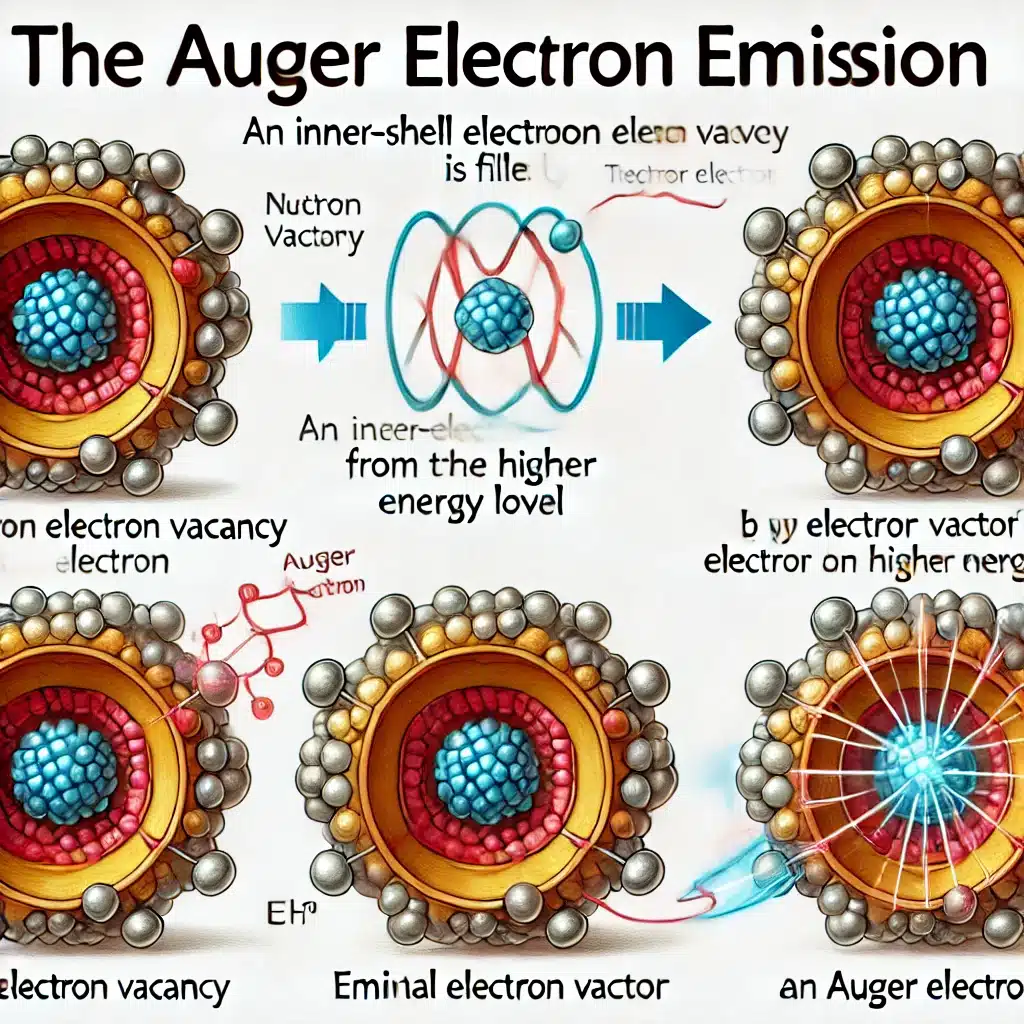Light is fundamental to our ability to see the world around us. This blog article explores the intricate relationship between light and vision, beginning with the nature of light itself and moving on to how the human eye interacts with light to produce images. In addition, various factors that influence vision, including light intensity, wavelength, and environmental conditions, will be explored. The interplay between light and colour, the role of artificial lighting, and the impact of light pollution are also examined. This article concludes with a discussion of the importance of preserving natural light for the well-being of both humans and the environment.
Introduction to the Nature of Light
Light is an omnipresent and indispensable aspect of our existence, not just because it illuminates our world but also because it is the very essence of how we perceive our surroundings. The phenomenon of vision is intricately linked to light, and without it, the vibrant tapestry of the world would be shrouded in darkness. Understanding the relationship between light and vision requires an exploration of the fundamental properties of light, the biological processes that enable sight, and the various factors that affect how we see.
At its core, light is a form of electromagnetic radiation that is visible to the human eye. It is part of a broader spectrum that includes other types of electromagnetic waves, such as radio waves, microwaves, infrared radiation, ultraviolet radiation, X-rays, and gamma rays. However, the visible spectrum of light is just a small portion of this electromagnetic spectrum, with wavelengths ranging from approximately 400 to 700 nanometres.
Light exhibits both wave-like and particle-like properties, a concept known as wave-particle duality. Light is characterised by wavelength, frequency, and speed as a wave. As a particle, light consists of photons, which are discrete packets of energy. The dual nature of light plays a crucial role in various optical phenomena, such as reflection, refraction, and diffraction, all of which are essential to understanding how light interacts with objects and, consequently, how we perceive those objects.
How the Human Eye Interacts with Light
The human eye is a sophisticated organ designed to capture light and convert it into neural signals that the brain can interpret as images. Vision begins when light enters the eye through the cornea, the transparent outer layer that helps to focus incoming light. The light then passes through the pupil, the opening in the centre of the iris (the coloured part of the eye), which regulates the amount of light entering the eye by adjusting its size.
Behind the pupil lies the lens, a flexible, transparent structure that further focuses light onto the retina, a light-sensitive layer of tissue at the back of the eye. The retina is lined with photoreceptor cells, specifically rods and cones responsible for detecting light and converting it into electrical signals. Rods are more sensitive to low light levels and are primarily responsible for night vision, while cones are sensitive to different wavelengths of light and enable colour vision.
These electrical signals are then transmitted to the brain via the optic nerve. The brain processes the signals to create the images we see, allowing us to perceive objects’ shape, size, colour, and distance.
The Role of Light Intensity in Vision
Light intensity, or brightness, is a crucial factor that affects how well we can see. The intensity of light is determined by the amount of energy carried by the light waves, and it influences the size of the pupil, the response of photoreceptors, and, ultimately, the clarity of the image formed on the retina.
In low-light conditions, the pupil dilates to allow more light to enter the eye, enhancing our ability to see in dim environments. However, in extremely low light, the rods in the retina become more active, decreasing colour perception and sharpness, as cones are less effective in such conditions. This is why we struggle to see colours clearly at night and why objects appear less distinct.
Conversely, in bright light conditions, the pupil constricts to reduce the amount of light entering the eye, protecting the retina from damage and improving visual acuity. Excessive light, however, can lead to glare, a phenomenon where light scatters within the eye, reducing contrast and making it difficult to see clearly. This is particularly noticeable when driving at night or when exposed to bright sunlight.
The Impact of Wavelength on Vision
The wavelength of light determines its colour, with shorter wavelengths corresponding to blue and violet light and longer wavelengths corresponding to red and orange light. Human vision is most sensitive to light in the middle of the visible spectrum, particularly green light, which is why green often appears brighter and more vibrant than other colours.
However, different wavelengths of light can have varying effects on vision. For example, blue light, which has a shorter wavelength, is known to cause more scattering in the eye, leading to a phenomenon known as Rayleigh scattering. This scattering effect can result in eye strain and fatigue, particularly with prolonged exposure to digital screens that emit significant amounts of blue light. On the other hand, with its longer wavelength, red light is less likely to scatter and is often used in situations where preserving night vision is essential, such as astronomy or darkroom photography.
Colour Perception and Light
Colour perception is a direct consequence of the way different wavelengths of light are absorbed, reflected, or transmitted by objects. The human eye contains three types of cone cells, each sensitive to a different range of wavelengths corresponding to red, green, and blue light. The brain combines the input from these cones to produce the full spectrum of colours that we perceive.
The colours we see are not inherent properties of objects but are the result of how those objects interact with light. An object appears red, for example, because it reflects red light while absorbing other wavelengths. White objects reflect all wavelengths, while black objects absorb them, resulting in no reflected light and thus appearing black.
Lighting conditions can significantly influence colour perception. Under natural daylight, colours tend to appear more accurate and vibrant, as daylight contains a balanced spectrum of wavelengths. However, the spectrum can be skewed under artificial lighting, such as fluorescent or LED lights, leading to colours appearing different than they would under natural light. This phenomenon is known as metamerism, where colours look identical under one light source but different under another.
Artificial Lighting and Its Effects on Vision
Artificial lighting has become integral to modern life, allowing us to extend our activities beyond daylight hours. However, the quality and type of artificial light can have significant effects on vision and overall eye health.
Traditional incandescent bulbs emit light that is similar in spectrum to natural sunlight, providing a warm, yellowish glow that is generally comfortable for the eyes. However, these bulbs are energy-inefficient and have largely been replaced by fluorescent and LED lighting. Fluorescent lights emit a bluish light and can cause flickering, which may lead to eye strain and discomfort, particularly for those who spend long hours under such lighting.
LED lights, while more energy-efficient and long-lasting, often emit high levels of blue light, which, as mentioned earlier, can cause eye strain and disrupt the circadian rhythm, leading to sleep disturbances. The increased use of LED screens in devices such as computers, smartphones, and televisions has raised concerns about the potential long-term effects on vision, particularly with the rising prevalence of digital eye strain, also known as computer vision syndrome.
The Role of Environmental Lighting
Natural light plays a crucial role in maintaining healthy vision and overall well-being. Exposure to natural light during the day helps regulate the body’s circadian rhythm, which controls sleep-wake cycles and various other physiological processes. Lack of sufficient natural light can lead to a condition known as Seasonal Affective Disorder (SAD), a type of depression that occurs at certain times of the year, typically in winter when daylight hours are shorter.
Furthermore, natural light provides the full spectrum of visible wavelengths, which is essential for accurate colour perception and reducing eye strain. Spending time outdoors in natural light has also been shown to reduce the risk of developing myopia (short-sightedness) in children, likely due to the combination of bright light exposure and the opportunity for the eyes to focus on distant objects.
On the other hand, excessive exposure to artificial lighting, particularly at night, can have detrimental effects on vision and health. Light pollution, the overabundance of artificial light in the environment, can disrupt natural circadian rhythms, contribute to sleep disorders, and negatively impact both human and wildlife health. Moreover, the glare from streetlights and other sources of artificial light can reduce visibility and contrast, making it harder to see at night and increasing the risk of accidents.
Light Pollution and Its Impact
Light pollution is a growing problem in urban areas, where artificial lighting is ubiquitous. It not only obscures the night sky, making it difficult to observe stars and other celestial bodies but also significantly impacts vision and health. The constant exposure to artificial light at night can interfere with the production of melatonin, a hormone that regulates sleep, leading to sleep disturbances and other health issues.
In addition to its effects on human health, light pollution can also disrupt ecosystems. Many animals rely on natural light cues for navigation, mating, and foraging. For instance, sea turtles use the moon’s light to navigate towards the ocean after hatching, and artificial lights can disorient them, leading them away from the sea and often resulting in death. Similarly, nocturnal animals that are active at night may have their behaviours altered by artificial light, affecting their survival and reproduction.
Preserving Natural Light and Mitigating Artificial Light
Given the importance of natural light for both vision and overall health, it is essential to take steps to preserve it while mitigating the adverse effects of artificial light. One way to achieve this is by designing and implementing lighting systems that mimic natural light as closely as possible. For example, the use of full-spectrum lighting, which replicates the balance of wavelengths found in natural daylight, can help reduce eye strain and improve colour perception.
Additionally, the responsible use of outdoor lighting can significantly reduce light pollution. This includes using lighting fixtures that direct light downwards, minimising the amount of light that escapes into the sky, and using motion sensors or timers to ensure that lights are only on when needed. Encouraging the use of warmer-coloured lights with less blue light content can also help reduce the impact on circadian rhythms and overall eye health.
The Future of Lighting and Vision
As technology continues to evolve, so too does the potential for innovative lighting solutions that enhance vision while minimising negative impacts on health and the environment. Advances in lighting technology, such as organic LEDs (OLEDs) and tunable lighting systems that can adjust their colour temperature and intensity throughout the day offer promising avenues for creating healthier and more sustainable lighting environments.
Moreover, continued research into the effects of light on vision and health will be crucial in developing guidelines and regulations that protect individuals from the potential harm of artificial light while maximising the benefits of natural light. This includes understanding the long-term effects of exposure to various types of light and developing strategies to mitigate those effects.
Conclusion
Light is the foundation of vision, enabling us to perceive and interact with the world around us. This blog article has explored the multifaceted relationship between light and vision, from the basic properties of light and its interaction with the human eye to the influence of light intensity, wavelength, and environmental conditions. It has also highlighted the challenges posed by artificial lighting and light pollution and the importance of preserving natural light for the well-being of both humans and the environment.
As we continue to advance in our understanding of light and its effects on vision, it is crucial to balance the benefits of artificial lighting with the need to protect our natural light environment. By doing so, we can ensure that light continues enabling clear and healthy vision while safeguarding our health and the planet for future generations.
Disclaimer
The content provided in this article, Light: The Essential Element that Enables Vision, is for informational and educational purposes only. While every effort has been made to ensure the accuracy and reliability of the information presented, Open Medscience does not guarantee its completeness or applicability to individual circumstances.
This article is not intended to serve as medical, scientific, or technical advice. Readers should consult qualified professionals for advice regarding eye health, lighting standards, or any specific concerns related to vision and light exposure. Open Medscience accepts no responsibility for any loss, damage, or inconvenience caused as a result of reliance on the information contained herein.
References to studies, technologies, or practices are included for general interest and do not imply endorsement. The views expressed are those of the authors and do not necessarily reflect those of Open Medscience.
You are here: home » diagnostic medical imaging blog »



